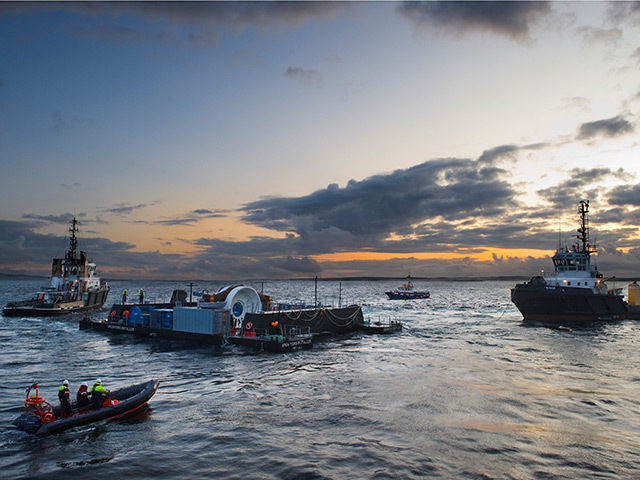
Orkney’s pioneering marine power facility is to lead research into how reliable subsea cables are for providing renewable energy to the grid in harsh conditions.
The European Marine Energy Centre will share its findings after a study with Engineering Technology Applications looking at how the cables installed for the facilities test sites off Orkney and Eday perform.
The research, funded by the Crown Estate, will look at the survival rates and performance of cables, which will help developers plan for how best to install new lines for future projects in areas such as the Pentland Firth.
“With over 10 years of experience in operating the world’s leading marine energy test facility, EMEC has built up a mass of knowledge, skills and expertise, but has also collected a colossal amount of supporting data,” said research coordinator Matthew Finn.
“It is essential that we can utilise this data to support the needs of the nascent marine renewables industry.
“Being the first centre of our kind, we have had to learn a lot over the years, and there is still more to be understood, much of which is transferrable to the development of commercial sites.”
The centre has been using remote operated vehicle surveys of its cables for test sites at Billia Croo and the Fall of Warness, with the new data to look at cable armour and movement, electrical performance and the growth of the marine environment in the extreme conditions.
The findings will be published later this year, with ETA director Mike Nichols believing the findings will play a major part in tidal projects going forward.
“To date we have routinely avoided laying cables in high tidal current areas,” he said.
“The availability of cable performance data is therefore very limited. With the advent of offshore marine current turbines we have no option but to route them through these areas and this study gives us a vital opportunity to start building a valid database.”
